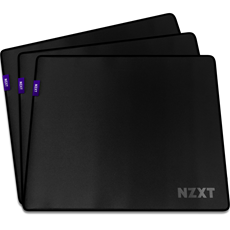In the world of competitive gaming, precision can mean the difference between victory and defeat. Gaming mice have evolved significantly to cater to the demanding needs of gamers, and one of the critical factors contributing to precision is DPI, or dots per inch.
DPI and Sensitivity: DPI is a measurement of a mouse’s sensitivity. It determines how far the cursor moves on the screen in response to physical movement. A higher DPI setting means the cursor covers more screen space with the same physical motion, providing quick and precise movements.
Adjustable DPI: Many gaming mice feature adjustable DPI settings, allowing users to fine-tune the sensitivity to their liking. Gamers can switch between different DPI levels on the fly, adapting to various in-game scenarios. For example, a lower DPI might be preferred for precise sniper shots in an FPS game, while a higher DPI can be used for fast-paced action.
Beyond DPI: While DPI is a crucial factor in precision, it’s not the only consideration. Other factors contribute to a gaming mouse’s accuracy, including the quality of the sensor, polling rate, and lift-off distance.
- Sensor Quality: High-quality sensors, such as optical or laser sensors, ensure accurate tracking of movement. Mice with advanced sensors can track movements on a variety of surfaces with minimal error.
- Polling Rate: Polling rate refers to how often the mouse sends data to the computer. A higher polling rate means more frequent updates on the cursor’s position, leading to smoother and more responsive movements.
- Lift-Off Distance: The lift-off distance is the height at which the mouse sensor stops tracking. A lower lift-off distance reduces unwanted cursor movement when lifting the mouse off the surface, providing better control.
Customization for Precision: Many gaming mice offer customization options, allowing users to tailor the mouse to their preferences. This includes programmable buttons for quick in-game actions and customizable weight systems for finding the right balance between control and speed.
In conclusion, precision in gaming mice extends beyond DPI settings. Gamers should consider factors like sensor quality, polling rate, and lift-off distance to ensure they have the most accurate and responsive mouse for their specific gaming needs. With the right combination of features and customization, gamers can elevate their gameplay and gain a competitive edge.






